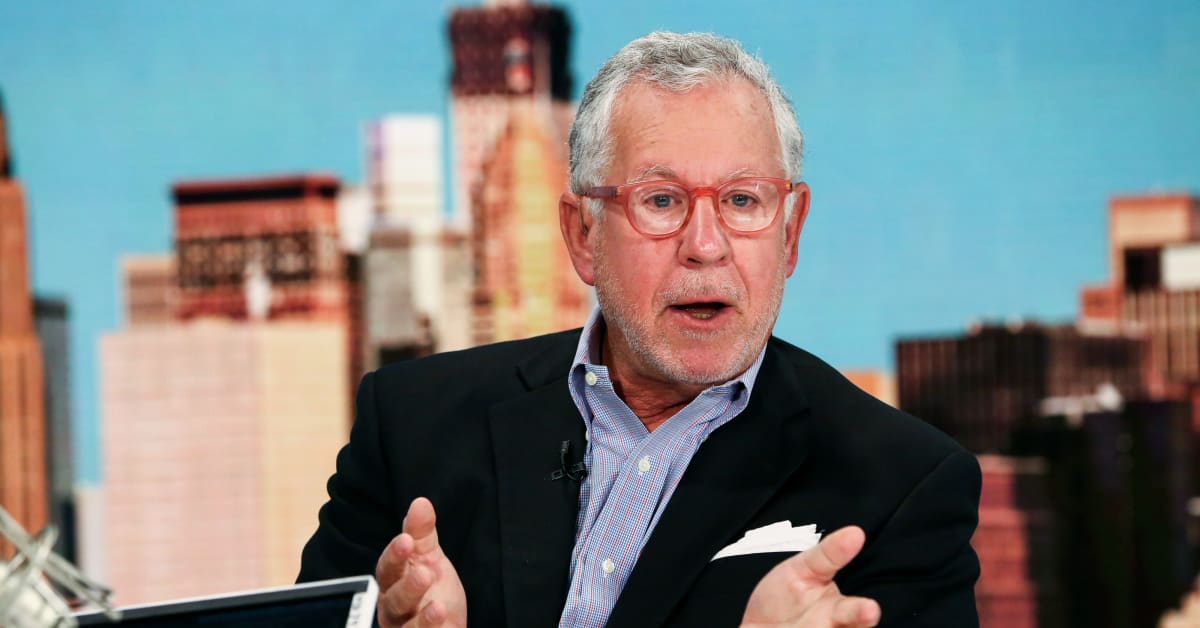
Nvidia: The AI Juggernaut and its Uncertain Future
Nvidia’s meteoric rise is undeniable. The company, once known primarily within the gaming and graphics processing communities, has become a global tech titan, synonymous with the burgeoning field of artificial intelligence. The recent surge in AI investment has propelled Nvidia’s stock to unprecedented heights, placing it alongside tech giants like Google and Apple in terms of market recognition and influence. But this rapid ascent raises questions about the sustainability of its current trajectory.
The current hype surrounding AI is undeniable. A wave of investment, both public and private, is flooding the sector, driving demand for high-performance computing solutions, a market Nvidia dominates with its powerful GPUs (Graphics Processing Units). These GPUs, initially designed for rendering complex graphics, have proven remarkably adept at the parallel processing required for training sophisticated AI models. This has cemented Nvidia’s position as a critical component in the AI ecosystem. Companies developing everything from self-driving cars to advanced medical imaging are clamoring for their hardware, creating a seemingly insatiable demand.
However, this rapid growth presents inherent risks. The current market sentiment is heavily influenced by the seemingly limitless potential of AI, and investor enthusiasm can easily turn to skepticism if the actual returns on AI investments fail to match the hype. While the long-term prospects for AI are undeniably promising, the short-term trajectory is much less certain. A cooling-off period, a period of consolidation, or even a correction, is a real possibility.
One potential concern lies in the inherent volatility of the tech sector. Rapid growth often attracts speculative investment, leading to inflated valuations that can be highly sensitive to shifts in market sentiment. A negative news cycle, even one unrelated to Nvidia’s core business, could trigger a sell-off. Similarly, increased competition is a constant threat. While Nvidia currently holds a significant market share, competitors are actively developing their own AI-focused hardware and software solutions, potentially chipping away at Nvidia’s dominance.
Another factor to consider is the nature of the AI development cycle itself. Breakthroughs can be unpredictable, and the technological landscape is constantly evolving. A shift in prevailing AI architectures or a sudden emergence of a more efficient alternative technology could significantly impact Nvidia’s market position. The company’s ability to adapt and innovate will be crucial to maintaining its leading edge.
Finally, there’s the issue of scaling. While the demand for Nvidia’s products is currently high, the company faces the challenge of maintaining consistent production and supply chain management to meet this demand. Any disruptions in the supply chain, such as component shortages or geopolitical instability, could impact the company’s ability to fulfill orders, potentially leading to negative consequences for its stock price.
In conclusion, Nvidia’s success story is remarkable, but its future is not guaranteed. The company’s dominance in the AI hardware market is currently secure, but maintaining that position requires continued innovation, effective management of risks, and a realistic assessment of the market’s inherent volatility. The AI revolution is far from over, and the coming years will be crucial in determining whether Nvidia can maintain its status as a leading player in this transformative technology.



Leave a Reply